Antenna connectors are an essential component in any wireless communication system. They are responsible for providing the connection between an antenna and the radio frequency (RF) equipment, allowing the transmission and reception of signals. Antenna connectors come in many different types, but they all have one thing in common: they’re designed to ensure your antenna works properly. This guide will give you a comprehensive overview of all the different antenna connector types, their uses, and tips for installing them properly.
14 Types of Antenna Connectors
There are several different antenna connector types, each designed for specific applications and frequency ranges. Some of the most common types include:
- N Connectors
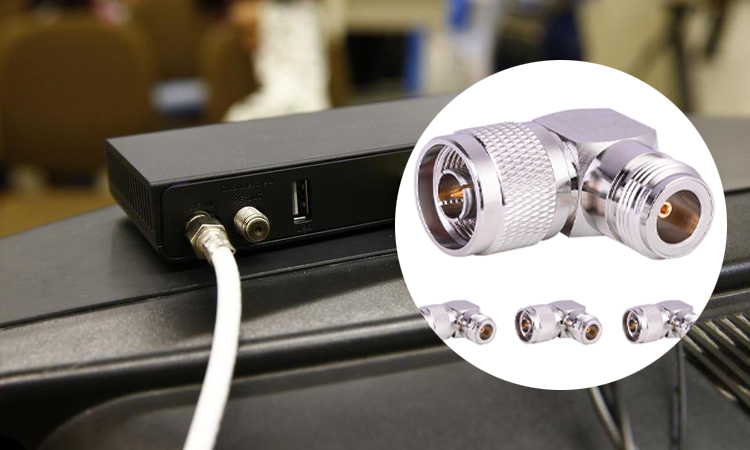
N connectors are RF (radio frequency) connectors used in telecommunications and networking. They are typically used for coaxial cables and are known for their ease of use and low cost. N connectors are designed to be weatherproof and have a threaded coupling mechanism, which provides a secure connection and helps to prevent signal loss. They are commonly used in applications such as cable television, satellite television, and Wi-Fi networks.
- BNC Connectors
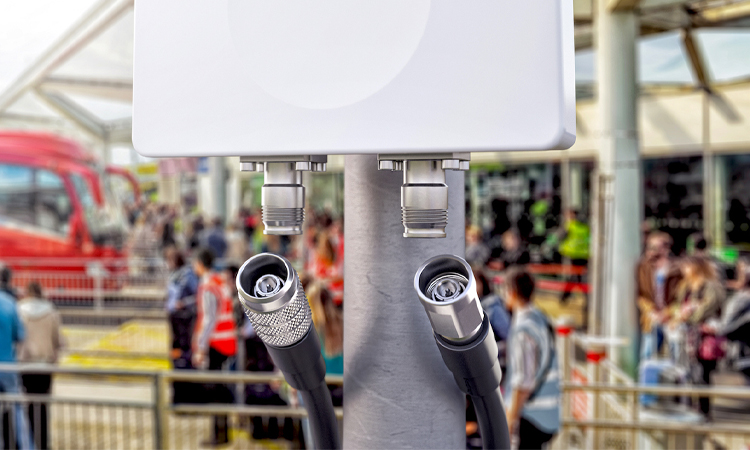
BNC connectors are RF connectors commonly used in telecommunications and networking applications. BNC connectors are named after their Bayonet Nut Connector design, which allows them to be quickly and easily attached and detached from equipment. They are commonly used in applications such as oscilloscopes, test equipment, and video cameras. BNC connectors are known for their durability and reliability and are often used in applications requiring a secure connection. Some common types of BNC connectors include BNC-T connectors and BNC-F connectors.
- F Connectors

F connectors are another RF antenna connector types used in telecommunications and networking. Like N connectors, they are used for coaxial cables and are known for their low cost and ease of use. F connectors have a crimp-style coupling mechanism, making them easy to install but less secure than N connectors. They are commonly used in applications such as cable television and satellite television. Because they are not as weatherproof as N connectors, they are not typically used in outdoor applications.
- UHF Connectors
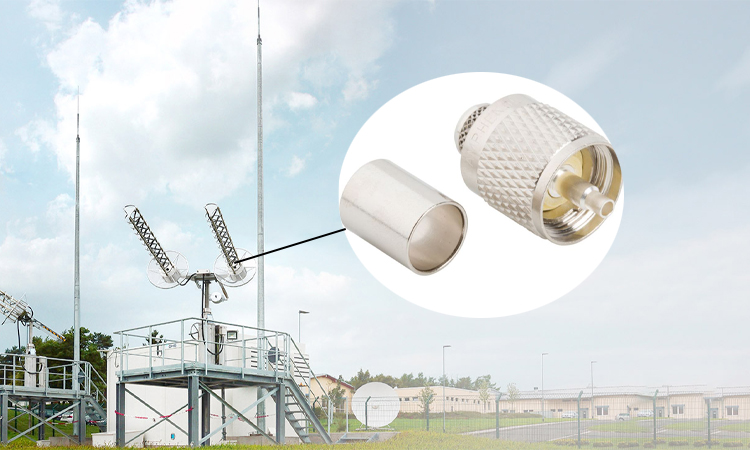
UHF connectors, also known as Ultra High-Frequency connectors, are RF connectors used to transmit signals at ultra-high frequencies. They are commonly used in various applications, including broadcasting, telecommunications, and satellite communications. UHF connectors are known for their ability to transmit high-frequency signals with low loss and are often used in applications where a high-quality signal is required. Some common types of UHF connectors include PL-259 and SO-239 connectors.
- Mini-UHF Connectors
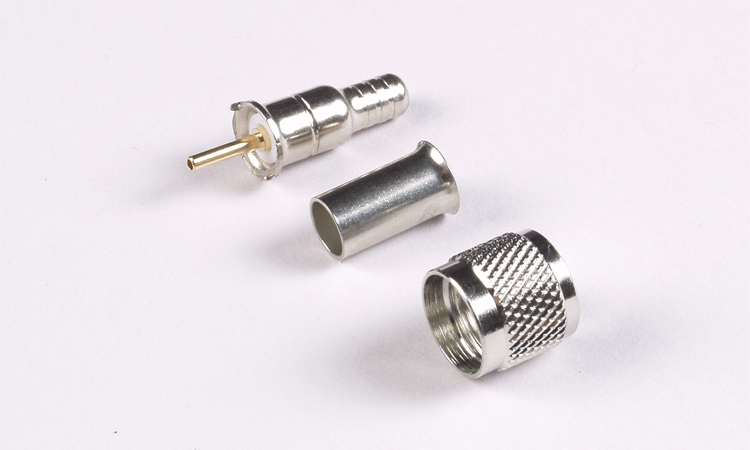
A mini-UHF connector is a type of RF (radio frequency) connector commonly used in various applications, including television broadcasting and amateur radio. It is a compact and lightweight connector that provides a secure and reliable connection between two devices, such as a cable and a radio or television. Mini-UHF connectors are commonly used in applications where space is limited, and a high-quality RF connection is required.
- MCX Connectors
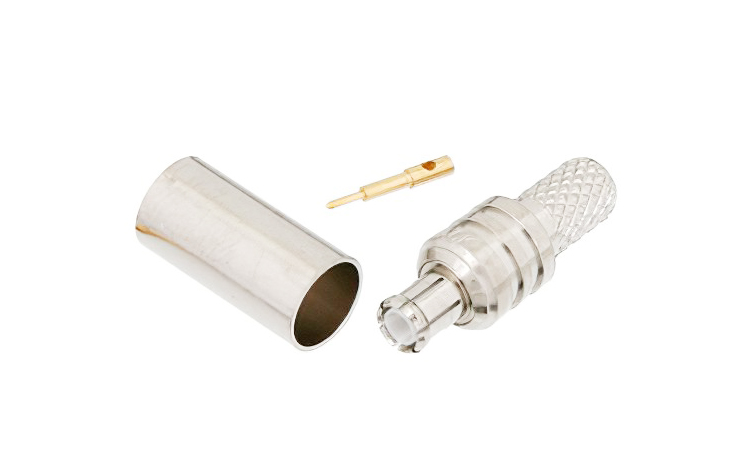
MCX connectors are coaxial connectors commonly used in RF (radio frequency) applications. They are small and lightweight, making them well-suited for use in portable devices and other applications where space is at a premium. MCX connectors are available in male and female versions and feature a screw-on coupling mechanism that ensures a secure connection. They are typically used with RG-58 or RG-174 coaxial cable and are rated for frequencies up to 6 GHz.
- MMCX Connectors
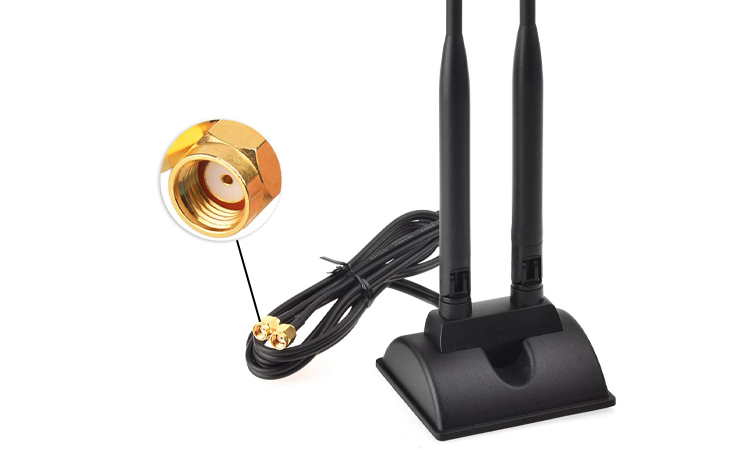
MMCX connectors are a type of RF connector used in telecommunications and networking. They are smaller and more compact than N and F connectors, making them well-suited for space-constrained applications. MMCX connectors have a snap-on coupling mechanism, allowing them to be quickly, easily connected, and disconnected. They are commonly used in applications such as Wi-Fi routers, wireless headphones, and cellular phones. MMCX connectors are also available in a right-angle configuration, which allows for a more compact installation.
- RP-SMA Connectors
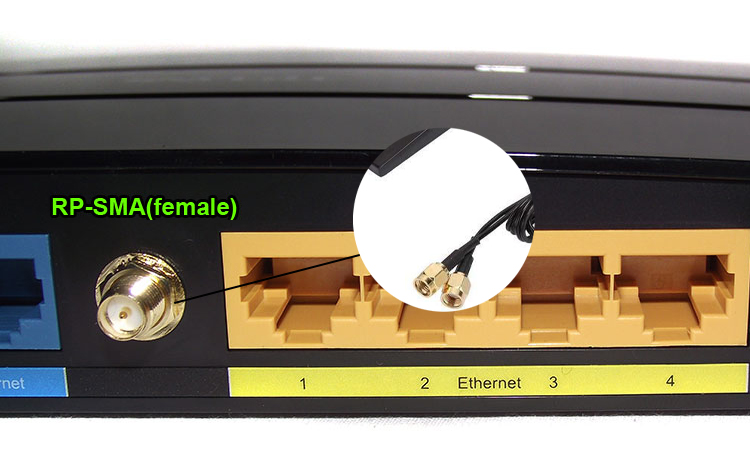
RP-SMA connectors are a type of RF connector used in telecommunications and networking. They are similar in design to SMA connectors but have a slightly larger mating interface and a reverse polarity. This means that RP-SMA connectors have a male center pin and a female outer shell, while SMA connectors have a female center pin and a male outer shell. RP-SMA connectors are commonly used in applications such as Wi-Fi routers and wireless antennas. They are also available in a right-angle configuration, which allows for a more compact installation.
- SMA-J Connectors
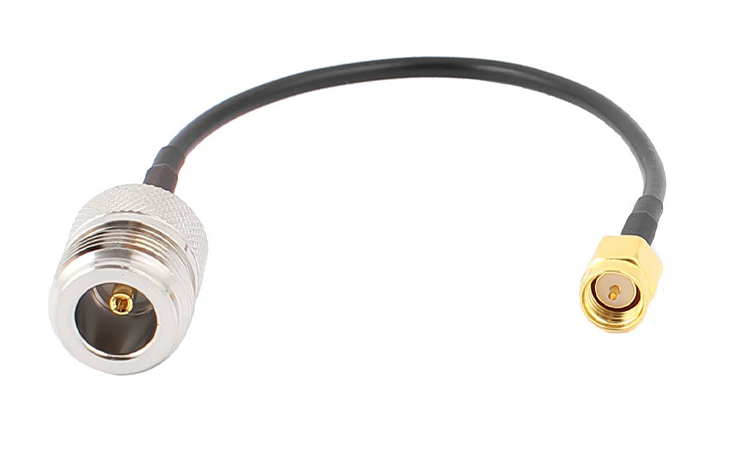
SMA-J connectors are a type of RF connector used in telecommunications and networking. They are similar to standard SMA connectors but have a slightly larger mating interface and a different coupling mechanism. SMA-J connectors have a screw-on coupling mechanism, while standard SMA connectors have a bayonet-style coupling mechanism. The “J” in SMA-J stands for “jack,” which refers to the connector’s ability to mate with a standard SMA plug. SMA-J connectors are commonly used in wireless antennas and test equipment applications.
- RP-TNC Connectors
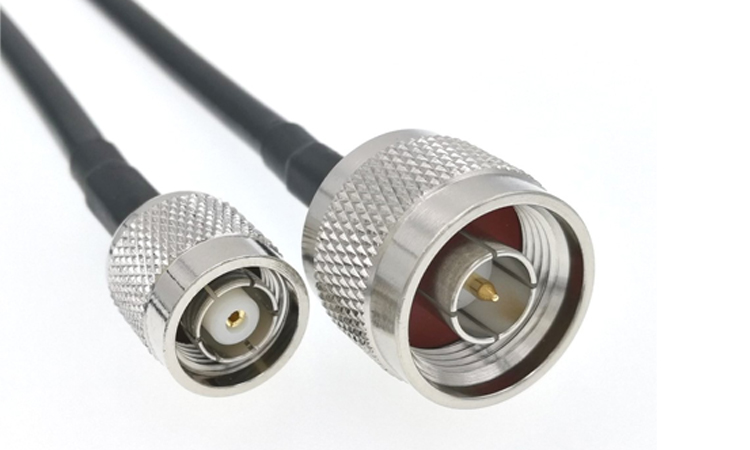
RP-TNC connectors are a type of RF connector used in telecommunications and networking. They are similar in design to TNC connectors but have a reverse polarity. This means that RP-TNC connectors have a male center pin and a female outer shell, while TNC connectors have a female center pin and a male outer shell. RP-TNC connectors are commonly used in applications such as Wi-Fi routers and wireless antennas. They are also available in a right-angle configuration, which allows for a more compact installation.
- SSMB Connectors

SSMB connectors are a type of RF connector used in telecommunications and networking. They are smaller and more compact than standard SMB connectors, making them well-suited for space-constrained applications. SSMB connectors have a snap-on coupling mechanism, allowing them to be quickly, easily connected, and disconnected. They are commonly used in applications such as Wi-Fi routers and wireless test equipment. SSMB connectors are also available in a right-angle configuration, which allows for a more compact installation.
- 4.3-10 Connectors
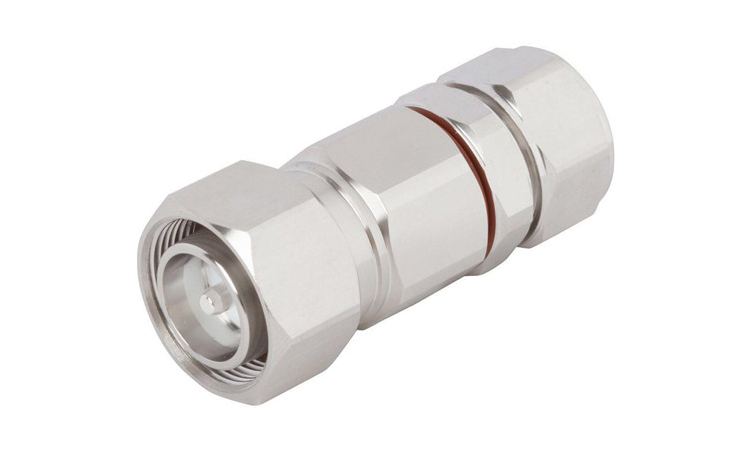
4.3-10 connectors are RF connector types used in telecommunications and networking. They are designed to be used with 4.3-10 coaxial cables, commonly used in wireless infrastructure applications such as cellular base stations and Wi-Fi access points. 4.3-10 connectors have a snap-on coupling mechanism, allowing them to be quickly, easily connected, and disconnected. They are available in many configurations, including male and female, straight and right-angle, and with or without a mounting flange. 4.3-10 connectors are known for their low insertion loss and high levels of RF shielding, which helps to prevent signal loss and interference.
- 7-16 Connectors

7-16 connectors are a type of RF connector used in telecommunications and networking. They are designed to be used with 7-16 coaxial cables, commonly used in wireless infrastructure applications such as cellular base stations and Wi-Fi access points. 7-16 connectors have a screw-on coupling mechanism, which provides a secure connection and helps to prevent signal loss. They are available in many configurations, including male and female, straight and right-angle, and with or without a mounting flange. 7-16 connectors are known for their low insertion loss and high levels of RF shielding, which helps to prevent signal loss and interference.
- Type-N Connectors
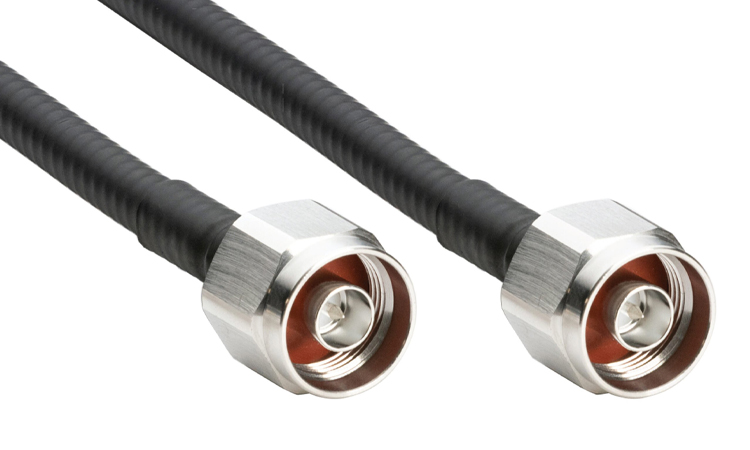
Type-N connectors are a type of RF connector used in telecommunications and networking. They are typically used for coaxial cables and are known for their ease of use and low cost. Type-N connectors are designed to be weatherproof and have a threaded coupling mechanism, which provides a secure connection and helps to prevent signal loss. They are commonly used in applications such as cable television, satellite television, and Wi-Fi networks. Type-N connectors are available in many configurations, including male and female, straight and right-angle, and with or without a mounting flange.
Overall, the type of antenna connector you choose will depend on your specific application and the requirements of your system. It’s important to choose a connector that is suitable for the frequency and power levels of your system, as well as one that is durable and easy to install.
A more detailed list of RF antenna connectors can be found here.
Uses of Antenna Connector
Antenna connectors are used in a wide range of applications, including:
- Wireless communication systems, such as cell phones, radios, and satellite systems
- Wi-FiWiFi routers and other wireless networking equipment
- Test and measurement equipment
- Military and aerospace applications
Installation Tips
When installing antenna connectors, following the manufacturer’s instructions and using the proper tools and techniques is important. Some key points to consider include the following:
- Make sure you have the right connector for your antenna and device. Check the specifications of your antenna and device to ensure that you have the correct type of connector.
- Be sure to use the correct tools for the job. Depending on the type of connector you use, you may need a screwdriver, wrench, or another tool to secure the connector to the antenna and device.
- Follow the instructions provided by your antenna and connector manufacturer. Different connectors may have different installation procedures, so read the instructions carefully.
- Take care to avoid damaging the connector or the antenna while installing it. Handle the connector gently and avoid applying excessive force when attaching it to the antenna or device.
- Test the connection after installation to ensure it is secure and working properly. Use a signal meter or other device to test the signal’s strength and ensure that the antenna and connector are functioning properly.
- If you need help with how to install the connector, seek the advice of a professional. An experienced technician can help you with the installation and ensure that the connector is installed correctly.
In conclusion, antenna connector is a critical component in any wireless communication system, providing the connection between the antenna and RF equipment. There are several different antenna connector types, each designed for specific frequency ranges and applications. Proper installation is key to ensuring reliable performance and signal quality. By following the guidelines in this article, you can ensure that your antenna connectors are installed correctly and provide optimal performance.
More Questions About Antenna Connector
-
Which Antenna Connector for the TV?
One type of antenna connector commonly used for TVs is the F-type. This type of connector is a coaxial connector used to connect an antenna to a TV or other device. It is a popular choice for TV antenna connections because it is relatively inexpensive and easy to install. The F-type connector consists of a center pin surrounded by a threaded outer ring, which secures the connector to the antenna and the TV. It is important to use the correct type of connector for your TV, so be sure to check your TV’s and antenna’s specifications before purchasing a connector.
-
Which Antenna Connector for a Car Radio?
Several antenna connectors are commonly used for car radios, including F-type, DIN, and ISO connectors. The type of connector used will depend on your car’s specific make and model and your car radio. F-type connectors are commonly used for connecting an external antenna to a car radio. In contrast, DIN and ISO connectors connect an antenna to the car’s built-in radio. Using the correct type of connector for your car radio is important to ensure a secure and reliable connection. Check the specifications of your car and car radio before purchasing a connector.
-
What are the Dimensions of the Antenna Connectors?
There are many different type of antenna connector, and each type has its unique dimensions. The size of the antenna connector will depend on the particular type of connector and its application. For example, a BNC connector may have different dimensions than an F-type connector. It is important to use the correct type of connector for your application. Check the specifications of your antenna and radio or other communication devices before purchasing a connector.








